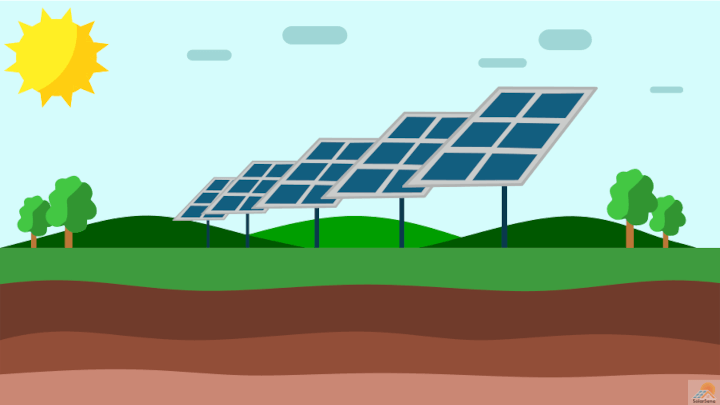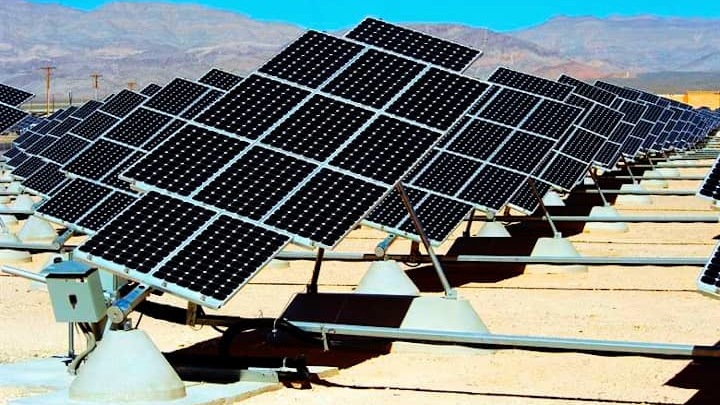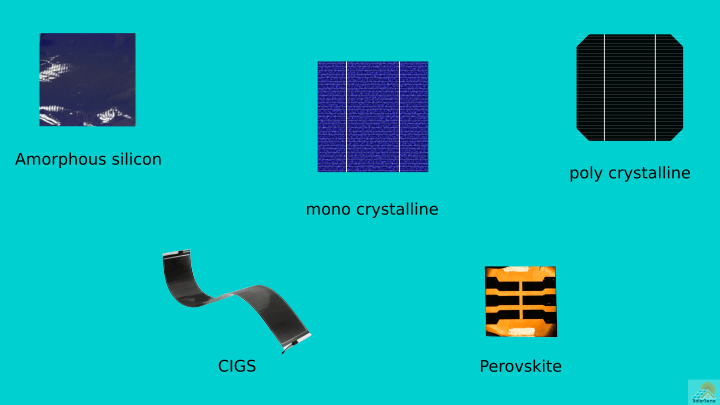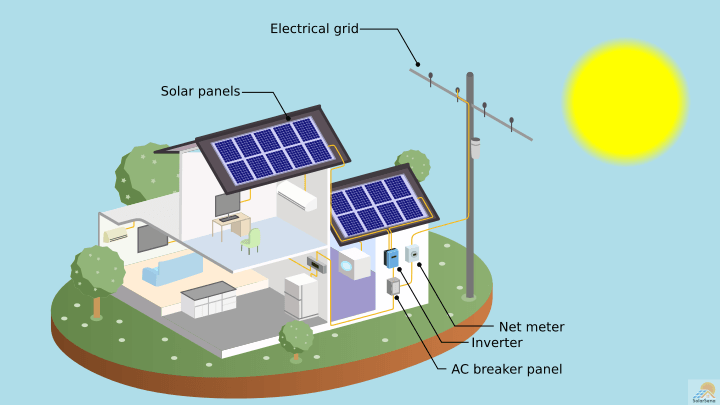Solar energy is an encouraging renewable source that is striving to replace fossil fuels. As the world is alarming about climate change, people and industries around the globe are adopting solar technologies. But there are some fundamental misunderstandings on solar power, and people seem confused about it. Here, in the article, we will learn fundamentals, like what is solar, its advantages and disadvantages, its potential, and try to clear some confusion.
What is solar energy?
Here is a quick answer to what is solar energy. The earth receives an abundant amount of energy in the form of heat and light from the sun. This heat and light, which can be harnessed by modern technologies, is called solar energy.

Sun is a massive burning ball floating in space. It is 330,000 heavier than the earth and emits a tremendous amount of energy throughout space. The way it achieves this is what we call nuclear fusion. In layman’s terms, nuclear fusion can be understood as a nuclear reaction in which atomic nuclei combine to form different atomic nuclei, and the reaction releases immense energy. Since the sun radiates energy all over space, a small portion of it hits the earth and finally reaches us in the form of sunlight. We can convert free-falling sunlight, otherwise known as solar energy, into useful forms, like electrical, thermal.
How to harness solar energy?
Now, we may have some sense of solar energy. Let’s move forward to learn how to capture solar. Although there are several methods to trap the energy coming from the sun, the most common of all is solar cells.
Solar cell
Solar cells, or photovoltaic cells, are electrical devices that convert light to electricity via a mechanism called the photoelectric effect. When these individual solar cells are grouped, it forms a module, or simply a solar panel. Nowadays, It is very common to see solar panels on the roofs of houses and buildings.

Besides residential applications, solar panels are also found in commercial structures, industries, space vehicles, and farmlands. China, Malaysia, and the USA are some top solar panel manufacturers in the world.
Solar thermal heating
Solar thermal heating is a method through which we can produce thermal energy or electricity from solar energy. The technology usually consists of a solar thermal collector, a device that absorbs sunlight to produce heat, and fluid, commonly water or air. When sunlight falls on a solar thermal collector, the fluid inside the system gets heat up. This hot fluid can be used to warm swimming pool water or heat the room.

This technology has been implemented in diverse places, for example, heating, ventilation, air conditioning, solar drying (to dry food products), solar cooking (to cook food using solar heat), water disinfection, and industrial applications. At industrial scales, we can even generate electricity from solar energy via steam.
Artificial Photosynthesis
Artificial photosynthesis is still developing technology. It involves the production of organic fuels from artificial photosynthesis, i.e., the conversion of carbon dioxide and water to organic compounds and oxygen in the presence of water. These organic compounds are solar fuels, and they are very similar to non-renewable fossil fuels. Furthermore, solar fuels can even replace existing fossils fuels without considerably changing transportation technology. There is a lot of research going on in this arena as well.
Solar potential
One question that may bother some people, “is solar potential enough to fulfill the energy requirement of the entire world?” Let’s explore the answer to this question with some statistics.
Sun radiates a gigantic amount of energy in space through nuclear fusion. It is around 385 septillion watts (3.85 × 1026 W). A tiny fraction of it falls on the earth, and the number is 179 petawatts (1.79 × 1017 W). Of which, 30% is reflected by the atmosphere, clouds, and earth, and 20% is absorbed by the atmosphere and air. In the end, the remaining 50% (89.5 petawatts) is received by the earth’s surface, including both land and oceans.

In 2014, the world energy supply was around 559.8 exajoules, which is equivalent to 0.017 petawatts. Now, if we look at the numbers: 0.017 petawatts are the requirement, and 89.5 petawatts are available on the earth’s surface. So, the conclusion is the amount of solar energy available far exceeds the requirement, and it can fulfill our all needs.
Advantages of solar energy
Solar energy is the most promising and encouraging renewable energy. It is available in the majority of regions of the world. The main advantage is there is no limit, and it is ever-lasting since the sun will continue to live for the next billions of years. Another direct benefit is it will reduce one’s electricity usage and save bills. If the solar system generates excess electricity, one can even export the surplus and make some money.
Solar technology has an advantage over other energy since it has a very low maintenance cost. If you had installed solar panels, it will not bother you for the next 10 to 15 years. Solar systems are very flexible. They can be installed on your homes, farmlands, your RVs, NASA’s space vehicles, commercial structures, etc.
Does solar energy have any disadvantages?
There are some serious disadvantages to solar energy that limits its value. The first is cost. Although solar is free, the cost of components is worrisome. Components, such as solar panels, inverters, batteries, wiring, etc., add to the overall price of the system. The second factor is the weather. Cloudy skies and rainy days are not favorable conditions. Additionally, the solar system works only in the day, not at night. Storing solar energy is also expensive. The price escalates when a large amount of energy is to store. It is because the cost of batteries would be high as well as they would occupy physical space.
Another upsetting part is physical space. Solar systems utilize a lot of physical surface area, which is scarce in many populated regions. One more subtle disadvantage is pollution and waste. People view solar energy as free and nonpolluting, but it also accounts for pollution and carbon footprints. The manufacturing of solar panels is an energy incentive and includes chemicals that are hazardous to the environment. Further, after the expiry of solar panels, it is difficult to dispose of and recycle them. In 2016 alone, the world had generated around 43,500–250,000 metric tons of solar waste.
Future of solar
The future of solar energy is bright. The gross cost of the solar system has significantly decreased in the last decade. In the second half of 2015, the price was $3,690 per kW in the United States, while in late 2018, the price was less than $3050 per kW, around a 17% reduction. Even today, technology is rapidly evolving, and the price is presumed to be dropped in the coming years.




